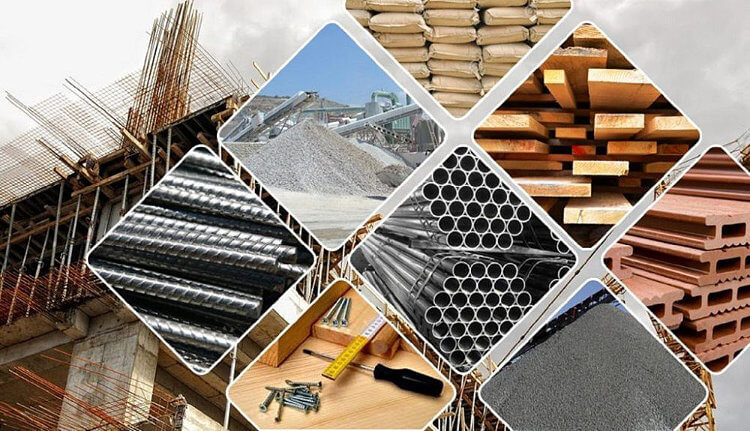In 2025, construction materials like concrete, gypsum, and raw materials sourced domestically are likely to be less impacted by tariffs. This is because these materials are generally produced and used within the US, minimizing the impact of import duties. However, it’s important to note that even domestically sourced materials could see price increases due to increased demand as construction companies shift towards them.
Innovative Materials: What’s Gaining Traction
As the industry continues to adapt, innovation in building materials is gaining momentum. Products like cross-laminated timber (CLT), insulated concrete forms (ICFs), and 3D-printed components are being explored not only for their structural advantages but also for potential cost and schedule efficiencies. These materials can reduce construction timelines, lower labor needs, and improve sustainability ratings—key considerations in today’s market.
Balancing Budget and Performance
With increasing focus on energy efficiency, life cycle cost, and environmental impact, project teams are evaluating materials not just by upfront price, but by total value over time. High-performance glazing, recycled steel, and new types of thermal insulation are examples of materials gaining popularity due to their long-term return on investment.
Shannon Construction’s Approach
At Shannon Construction, we remain proactive—analyzing trends, assessing supply chain risks, and partnering closely with suppliers to ensure cost predictability and material availability. Whether it’s refining the budget with real-time pricing insights or coordinating with design teams on material selections, we’re focused on delivering smart, resilient buildings that meet our clients’ goals.
Looking Ahead
As 2025 unfolds, the key to success will be adaptability. Shannon Construction continues to lead with a solutions-driven mindset—navigating market shifts, integrating innovative materials, and maintaining the craftsmanship and control that define our work.

